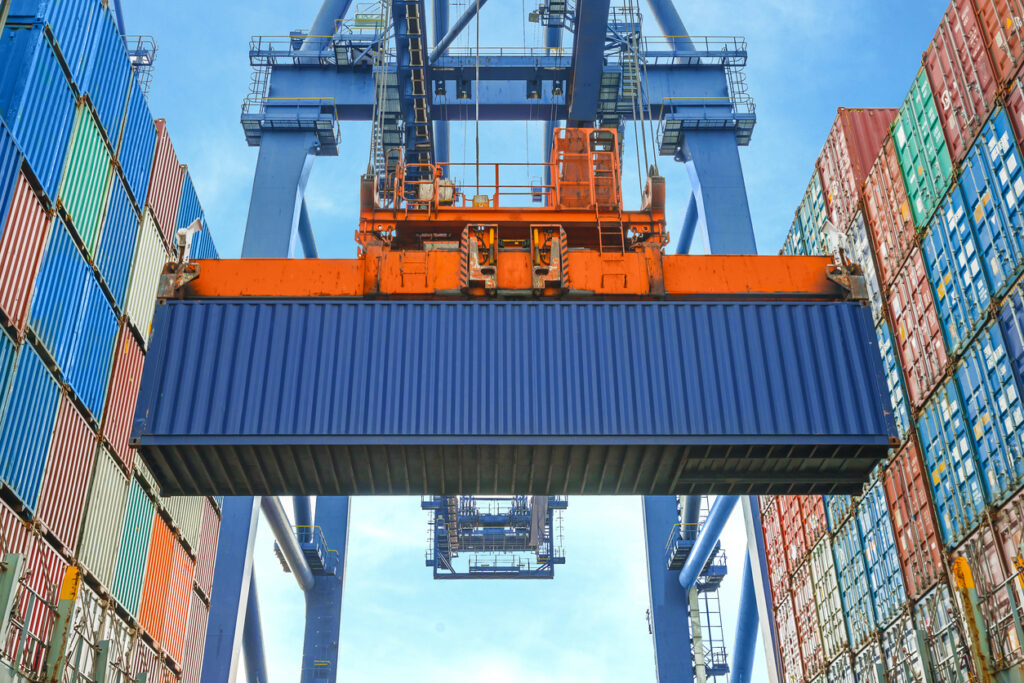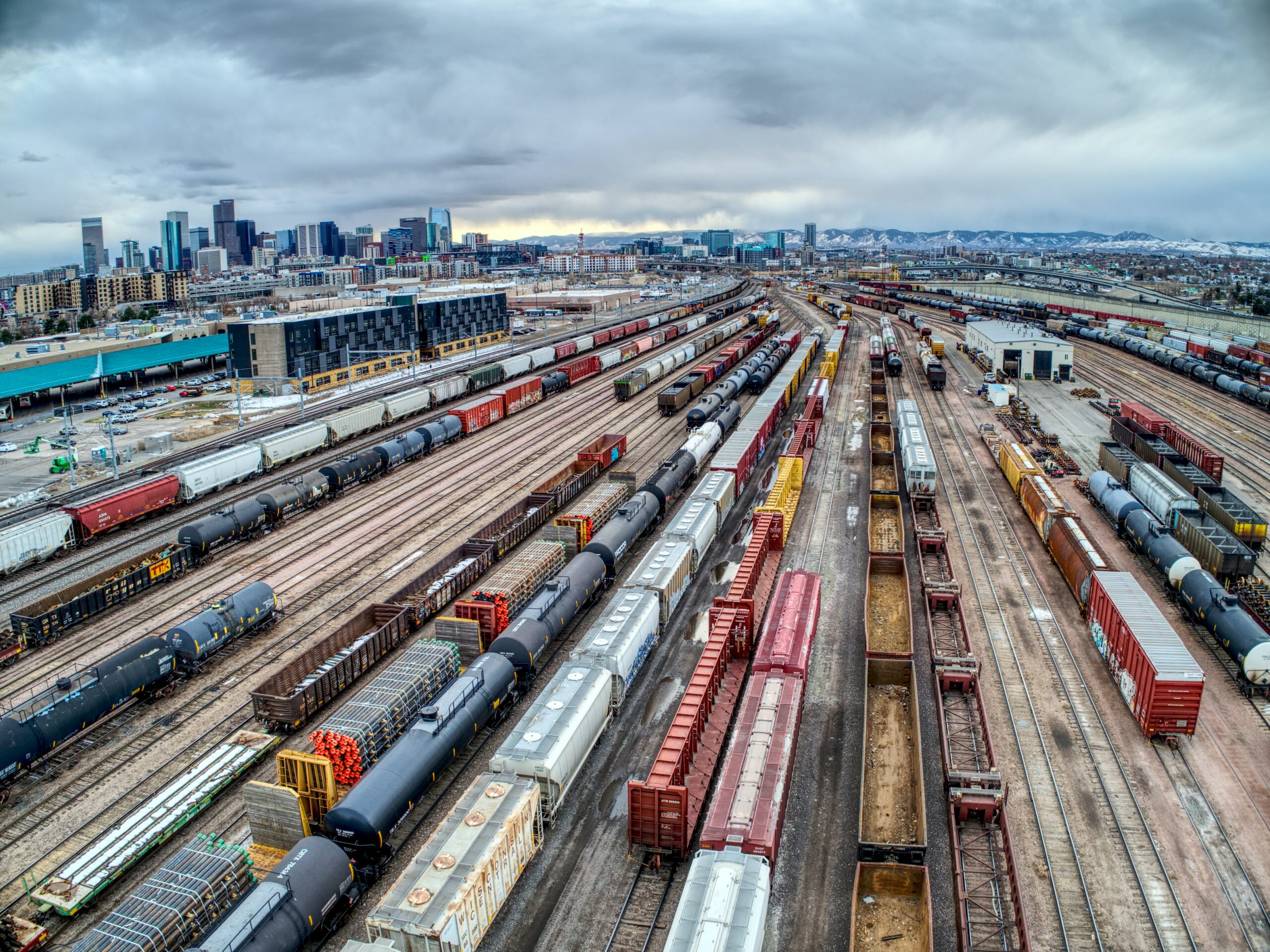The Effect of Visibility on Intermodal Shipping

Intermodal shipping: moving freight via two or more modes of transportation. The idea is that shipments move seamlessly and efficiently from one mode to another — from truck, to train, to ship, for example. The reality is, however, that lack of visibility within and across these industries makes for a less effective process. Shippers are able to track their trucks across the country, but once their shipments move to rail or ocean, they have less insight and control.
Supply Chain Dive’s article pushes for more visibility when it comes to intermodal shipping. As of now, ocean and rail carriers have an advantage when it comes to deciding to load a shipment or not. They could hold off, without communicating with the shippers. The result is a “black hole of planning and information.” The train could leave without the shipments, resulting in delays and money wasted. Similarly, missing trains have a huge impact on the ETA for a container — how can you track something when a piece of the chain is in the dark?
The article notes that “companies have more data than they’re typically sharing with their partners.” This is certainly true of the railroads, who only communicate delayed, system-wide data. RailState’s real-time data and predictive analytics benefit shippers who rely exclusively on rail, as well as those who want more visibility in their intermodal experiences.
As the article says: we can track every step of a pizza delivery — why can’t we track our rail shipments?
We can! With RailState.
Read the full article here.

